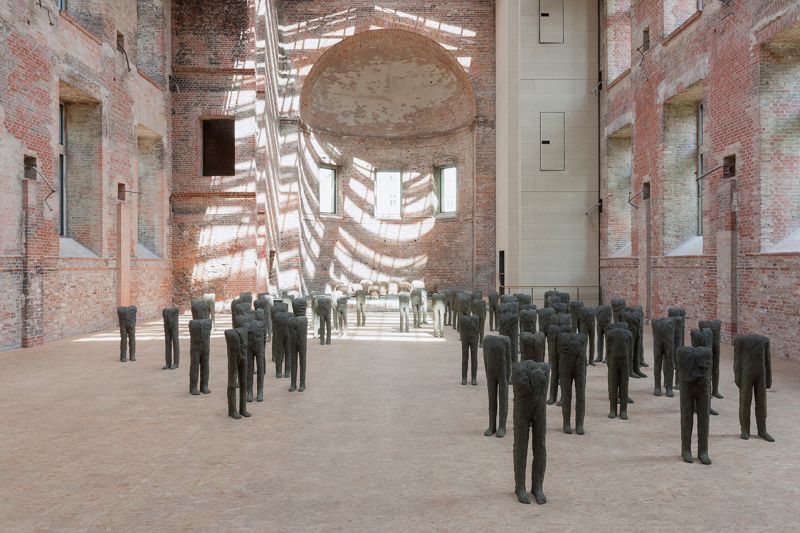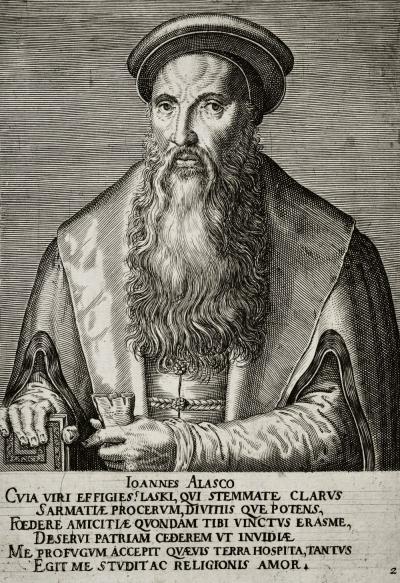Poles in Germany: Roads to visibility
Mediathek Sorted
-
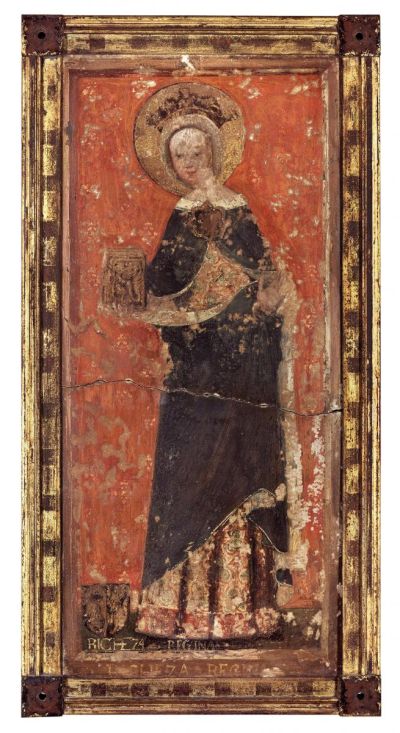
-
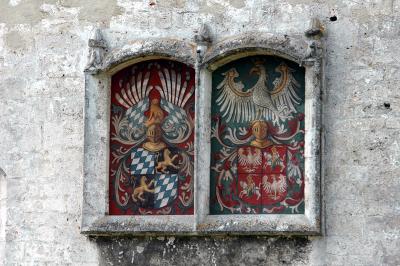
-
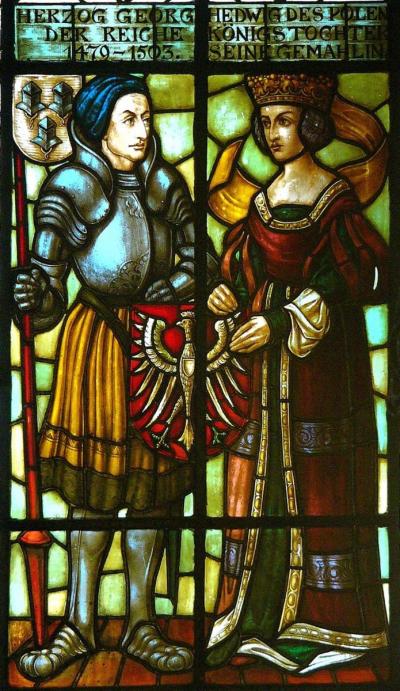
-
-
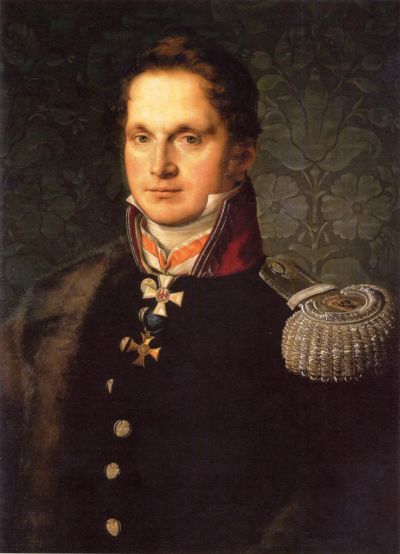
-
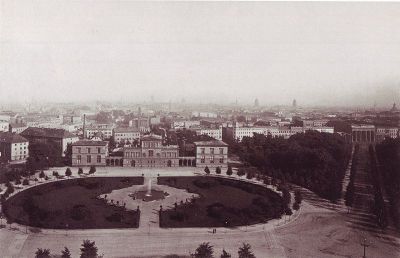
-
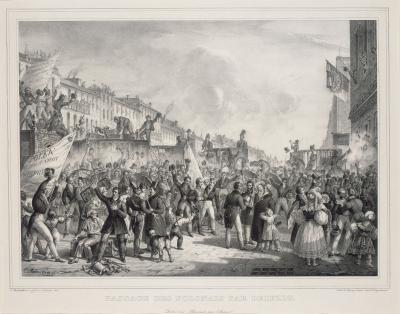
-
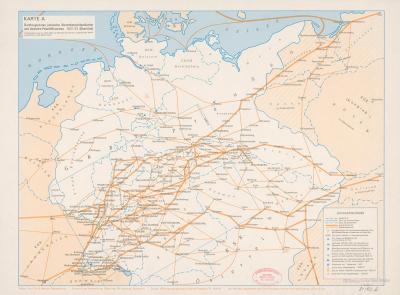
-
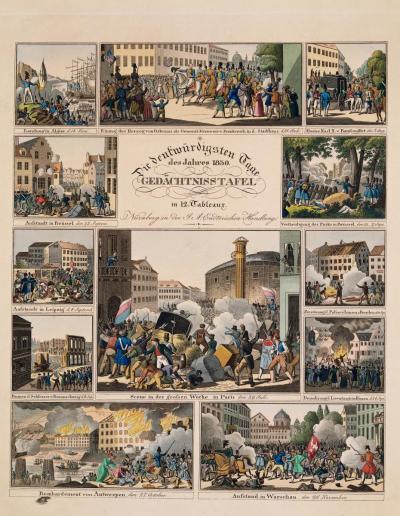
-
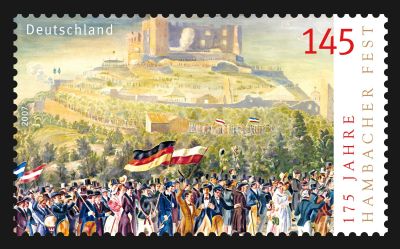
-
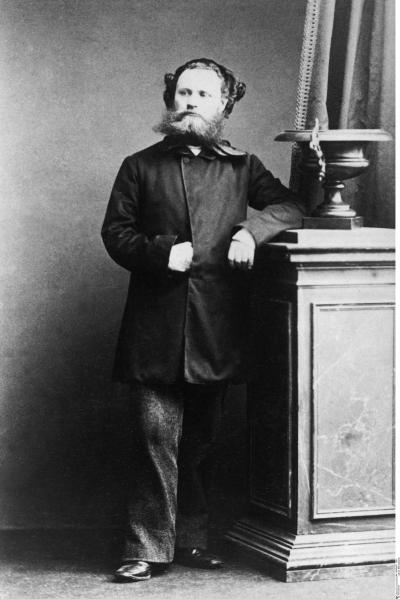
-

-
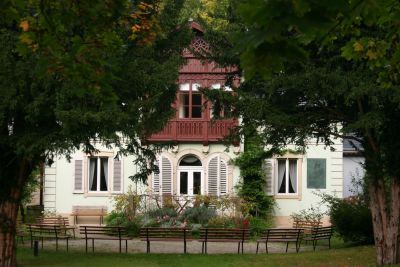
-
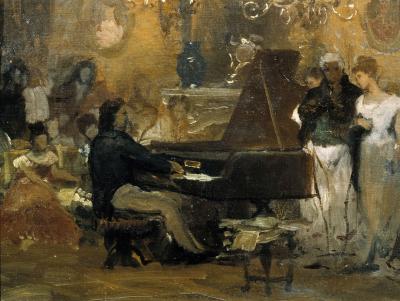
-
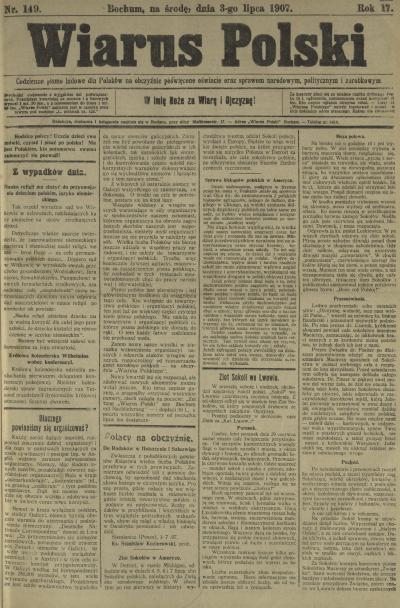
-
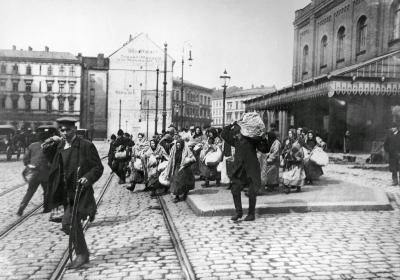
-
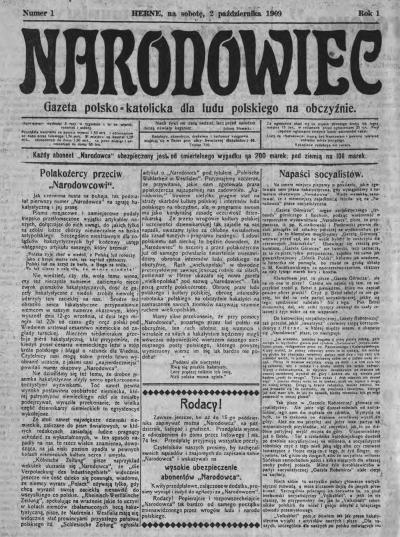
-
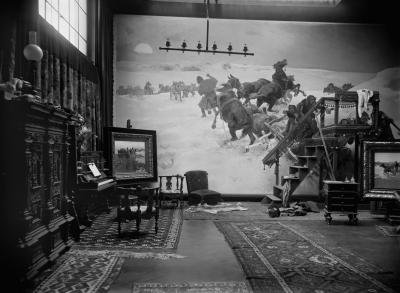
-
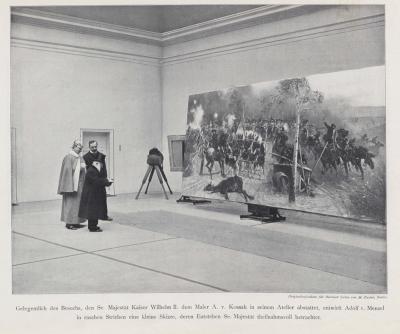
-
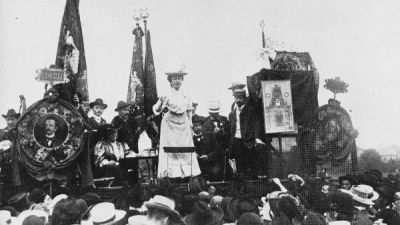
-

-
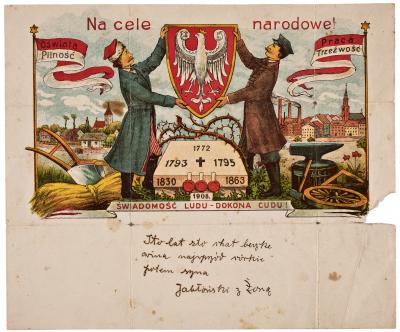
-
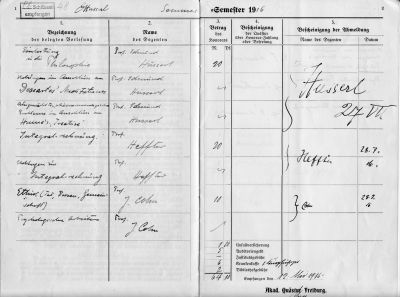
-
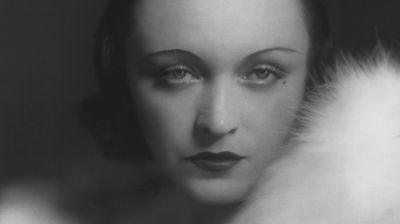
"Pola Negri - unsterblich", Dokumentation von 2017
-
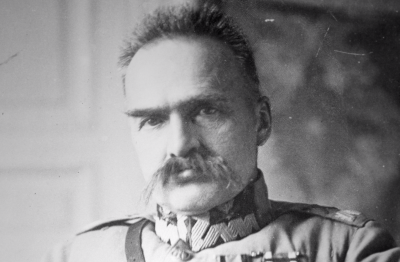
Drei Tage im November. Józef Piłsudski und die polnische Unabhängigkeit 1918"
-
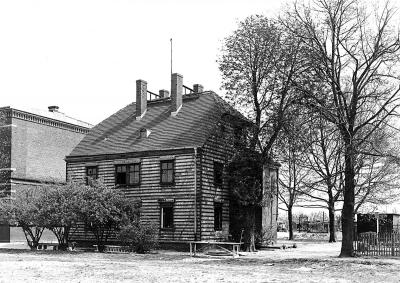
-
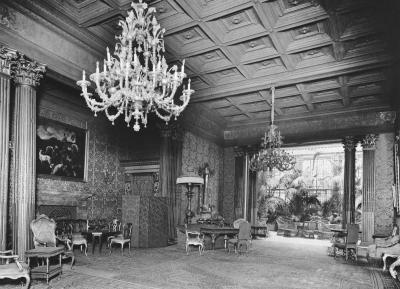
-
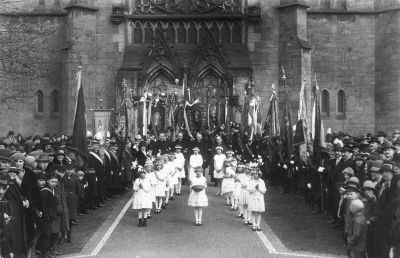
-
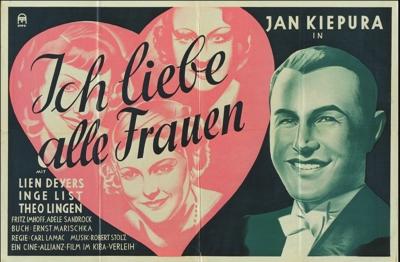
-
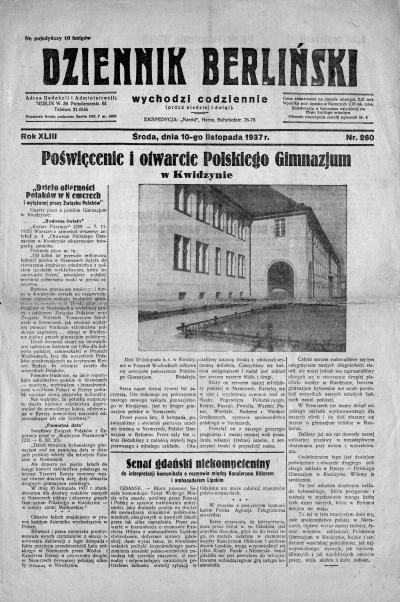
-

-
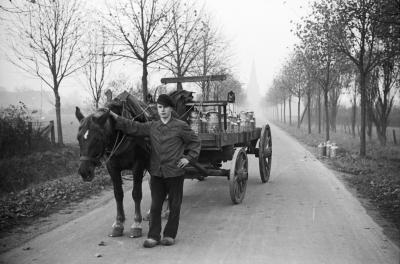
-
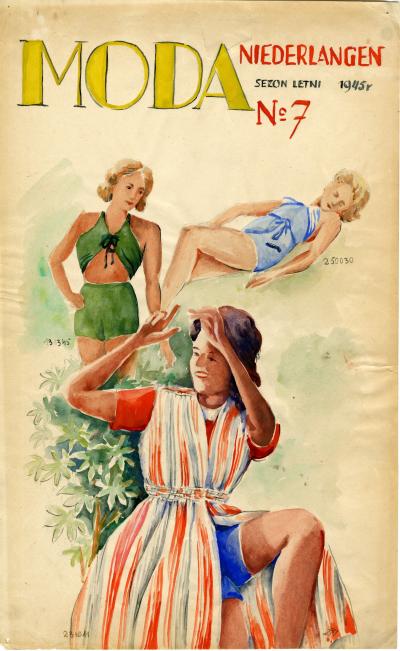
-
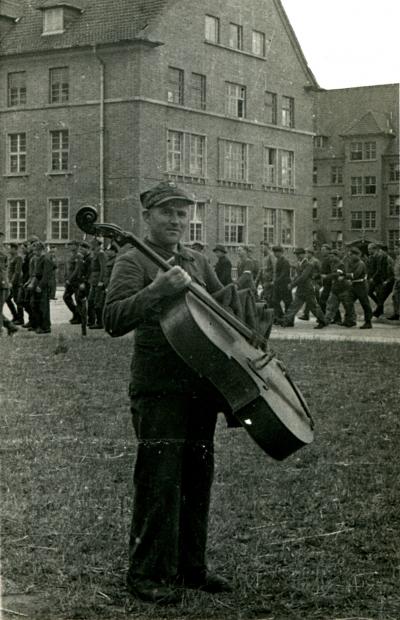
-
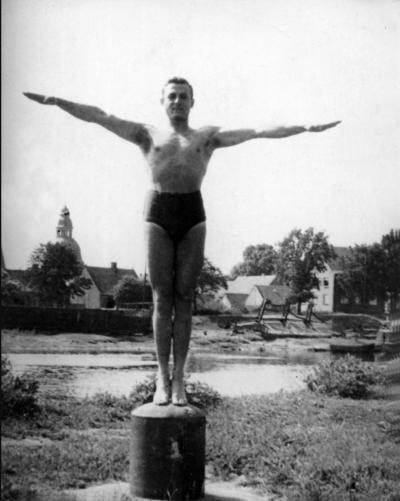
-
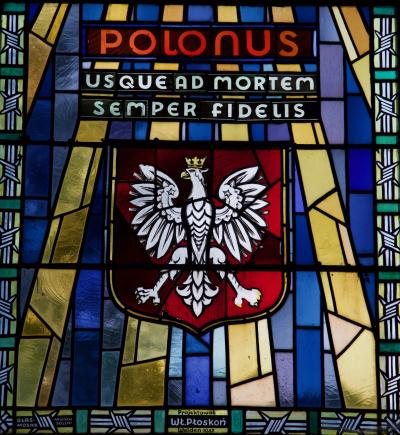
-
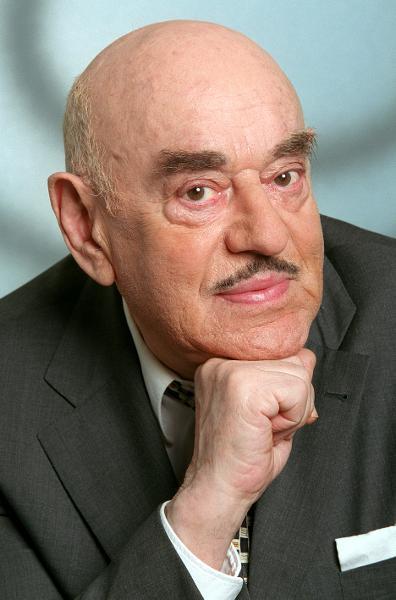
-
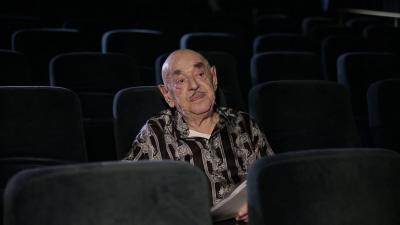
Artur Brauner - Ein Jahrhundertleben zwischen Polen und Deutschland
-
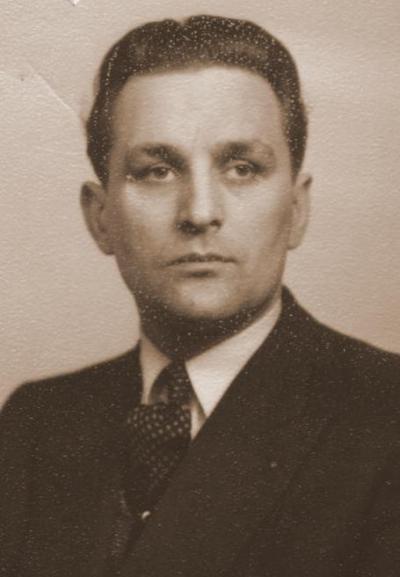
-

Teresa Nowakowski (101) im Gespräch mit Sohn Krzysztof, London 2019.
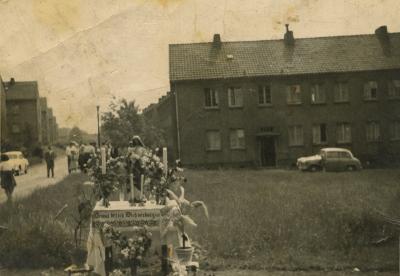
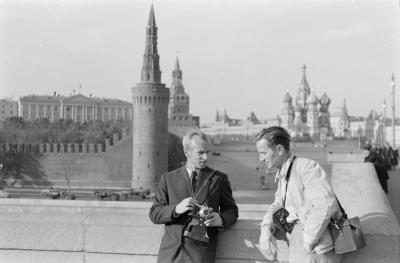
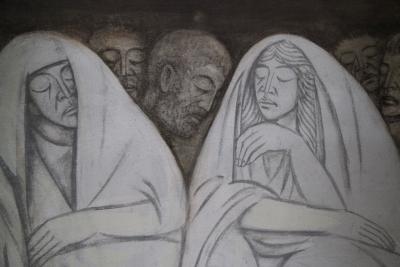
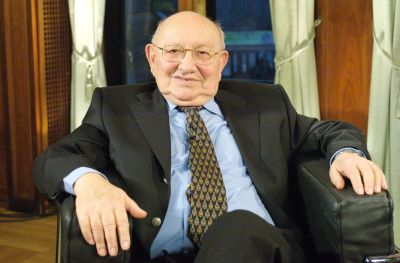

Karol Broniatowski
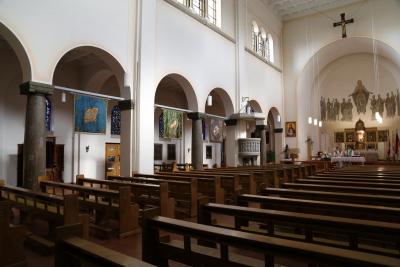
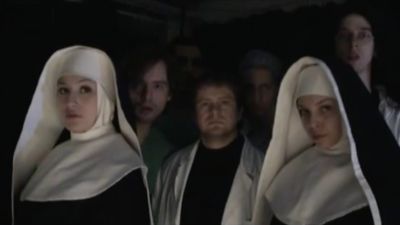
Film "The Madman and the Nun" - St. Ignacy Witkiewicz, Filmstudio Transform, Director: Janina Szarek
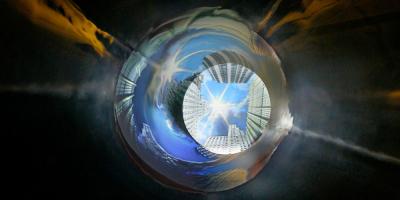
WORMHOLE, 2008
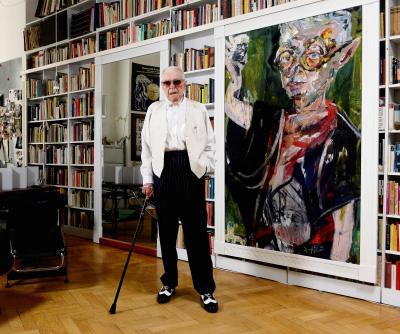

Interview with Leszek Zadlo
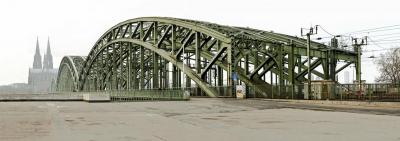
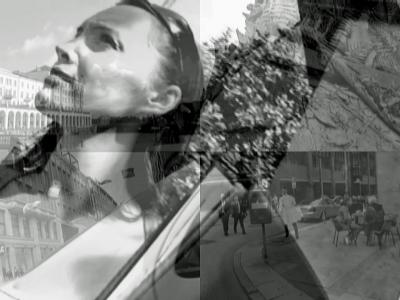
ZEITFLUG - Hamburg
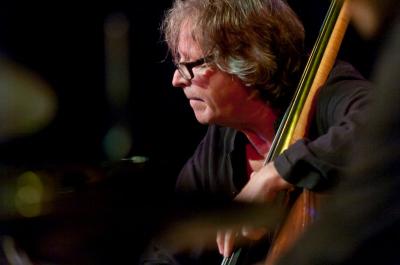
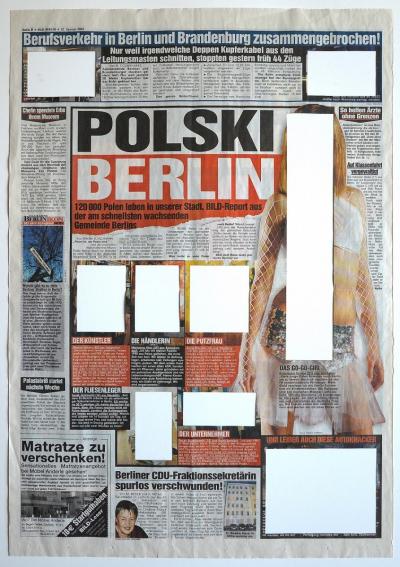
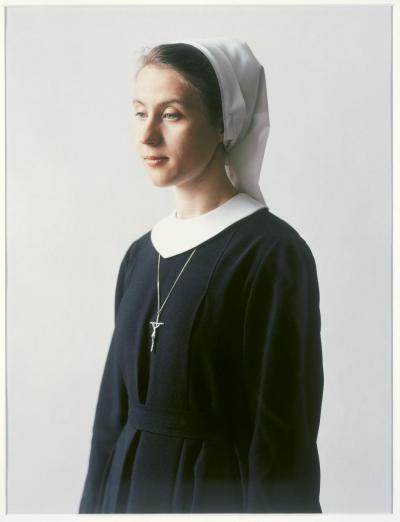
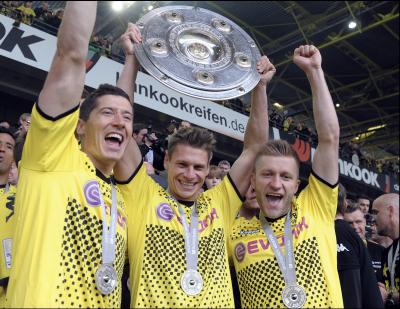
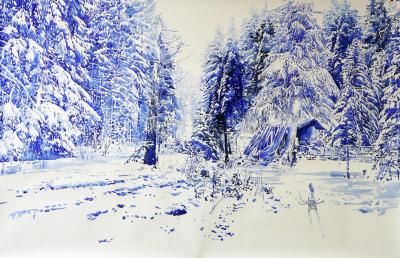
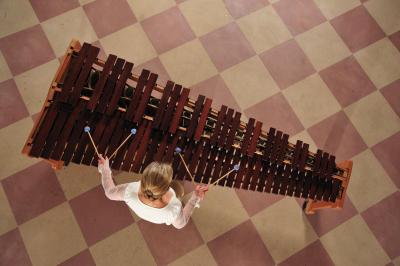
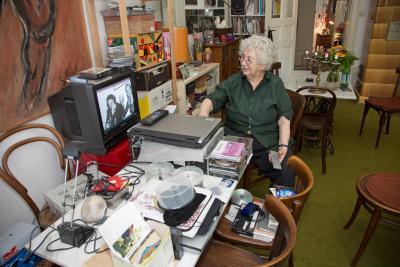
Der Planet von Susanna Fels
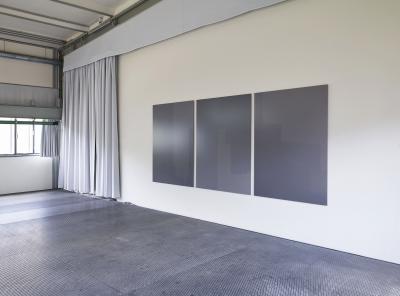

Migratory borders
The situation changed with the three partitions of Poland between 1772 and 1795 because now the borders were moving and not the people. Around 1800, about 2.5 million Polish-speaking people were living in Prussia which stretched all the way to Warsaw. After the Napoleonic wars, the borders were redrawn at the Congress of Vienna, but large old Polish regions still belonged to Prussia. Before the First World War, between 2.5 and 4.5 million Polish-speaking people are thought to have lived in the Empire – it is not known exactly because the statistics are unreliable and many Poles renounced their mother tongue during censuses for fear of discrimination. The Polish settlement centres were West Prussia/Pomerelia, the Province of Poznań/Greater Poland, southern East Prussia and Upper Silesia. Whilst Protestant Masurians succumbed to advancing assimilation, which even before the Second World War was far from complete, Greater Poland in particular developed as a cultural and economic centre of the Polish minority who untiringly pursued cultural autonomy and their own state.
The Pole’s love of freedom was contagious: In 1832, when several thousand Polish officers moved through the German lands to exile in France after they had lost the uprising against Russia, they were greeted along the way by the citizens of German towns cheering them along. And at the Hambach Festival in 1832, their fight against restoration and autocracy was a wake-up call for liberal Europe. Until 1848, when the freedom fighter Ludwik Mierosławski was freed from jail in Berlin-Moabit at the beginning of the March Revolution, the enthusiasm for Poland continued until it came to a debate in the Paul’s Church Parliament in Frankfurt: Shouldn’t a democratic Germany be prepared to return the Polish provinces of Prussia to a free Poland? But how quickly opinions changed: The prospect of the creation of a German national state left the Poles in the German lands as representatives of what appeared to be an increasingly dangerous irredenta. Attempts made by the Prussian government to combat the “Polish danger” as it was increasingly seen, led to numerous confrontations and to the growing discrimination of the Polish section of the population.
















































































